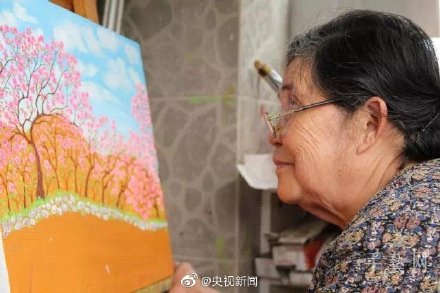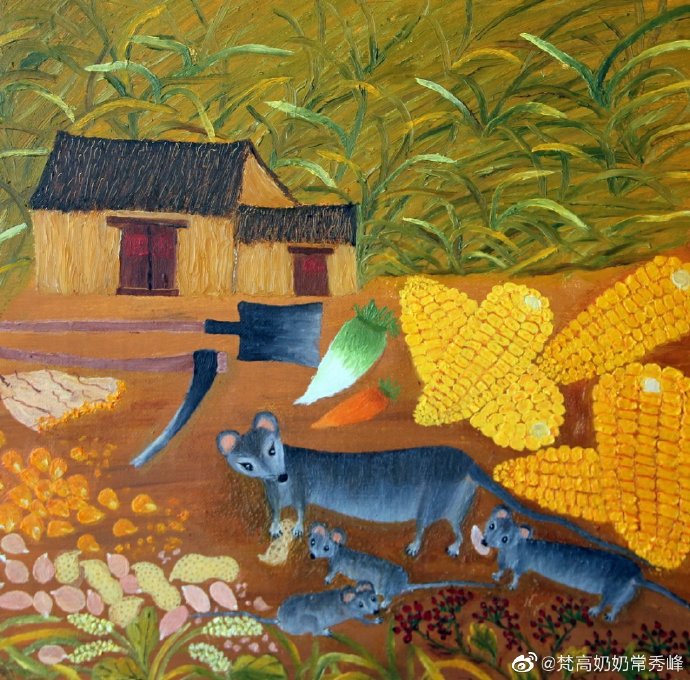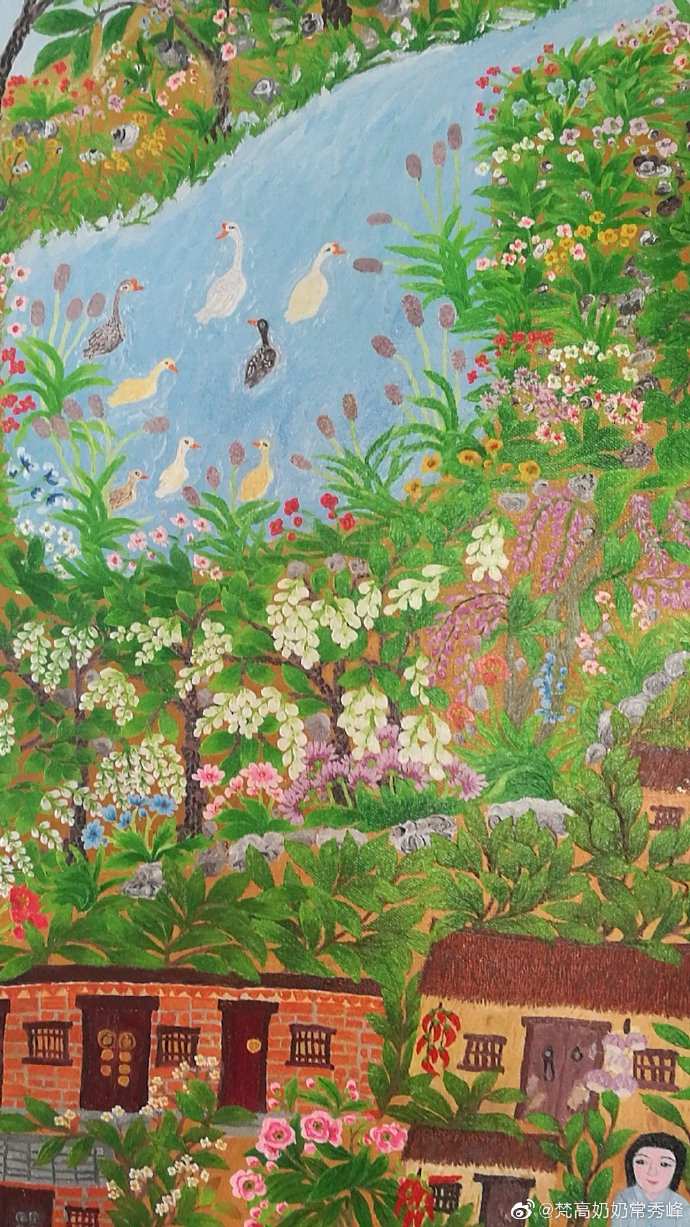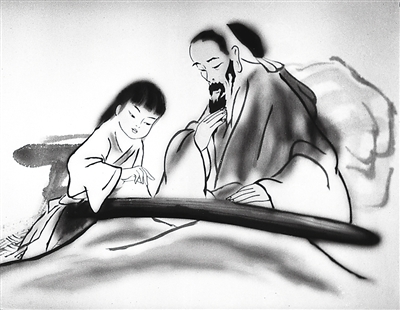(Peoples Daily Online)15:56, August 06, 2019
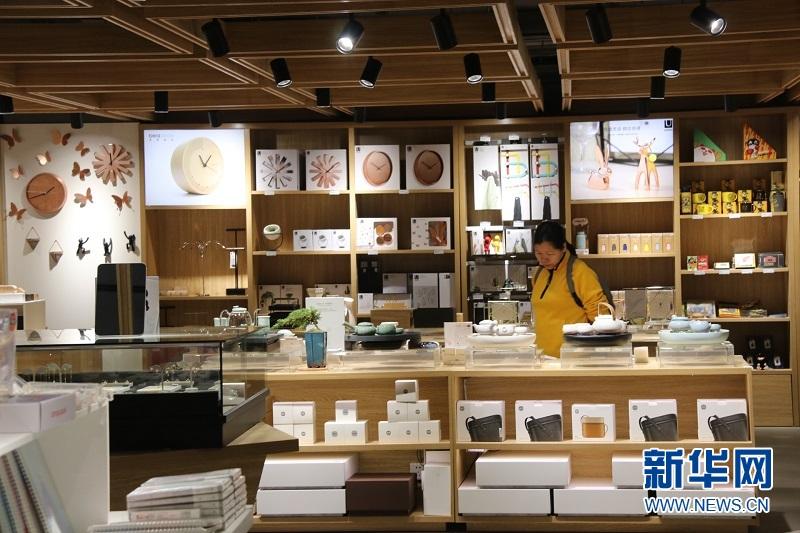
The cultural and creative industry has witnessed a boom in recent years. (Photo/Xinhua)
A boom in creative cultural products, increasing popularity of cultural tourism, and growing nighttime cultural consumption in China have revealed the tremendous potential of cultural consumption to drive domestic demand.
According to Chinas National Bureau of Statistics, Chinese enterprises above the designated size in the cultural industry witnessed a 7.9 percent rise in revenue during the first half of this year.
During this years 618 online shopping festival held around June 18 in China, book sales sold via Alibabas online shopping platform Tmall within the first hour of the festival grew 550 percent compared with the previous year.
Moreover, Tmalls sales volume of books sold in the first three minutes of the 618 shopping festival this year surpassed the number sold in the first hour of the festival last year.
Besides books, various cultural products such as Terracotta Warrior garage kits, Sichuan Opera face masks, and sparkling water makers in the form of Long March rockets became must-have items.
These cultural products are the outcome of a project launched by Alibabas major e-commerce platform Taobao, which announced on May 21 that it would work with online shop owners and designers to develop over 100 intellectual property products based on Chinas national treasures in the next three years, aiming to create a market worth over 10 billion yuan (about $1.42 billion).
During the recently concluded 12th China Art Festival, more than 5,700 kinds of creative cultural products were displayed, attracting over 50,000 visitors and generating a sales volume exceeding 340 million yuan within four days.
Cultural tourism is becoming a new fashion in China, especially culture-oriented travel to places such as museums and exhibitions halls.
According to big data on entrance tickets released by Chinas online group purchase platform Meituan.com, searches for cultural tourism-related products including museums and exhibition halls has been growing at more than 200 percent year-on-year.
Dai Bin, president of the China Tourism Academy, disclosed that monitoring tourism during holidays in recent years showed that more than 90 percent of tourists now participate in various cultural activities, while 40 percent visit a museum while traveling.
Tourism has also stimulated consumption of such areas as bags and suitcases as well as cosmetics. In the first half of 2019, sales of bags and suitcases grew by 202 percent compared with the same period last year, while sales of sunblock products, lipstick, and face masks rose by 573 percent, 347 percent, and 242 percent respectively year-on-year, as shown by big data from Chinese e-commerce platform Suning.com.
In addition, China has been making efforts to boost supply-side reform for cultural consumption, with the nighttime economy a key target area.
On July 31, the 7th Beijing People Beneficial Cultural Consumption Season opened in Chinas capital, Beijing. The event this year aimed to tap into the potential of nighttime cultural consumption and develop the nighttime economy by encouraging shopping malls, theaters, cinemas, and parks to extend business hours.
The call has so far received a wide response in Beijing. The National Museum of China extended business hours until 9 p.m. every Sunday, the Museum of Chinese Gardens and Landscape Architecture held an evening event from July 31 to August 4, and the UCCA Center for Contemporary Art in Beijing extended its business hours until 9 p.m. from Friday to Sunday every week, with the number of nighttime visitors accounting for 10 percent of daily visits.
Today, watching films and shows has become a regularity for many Chinese people and a new highlight of Chinas nighttime economy. According to Chinas major online ticketing platform, Damai.cn, from May to August this year, a total of 19 concerts and music festivals were held in the northeast region of China, an increase of 110 percent when compared with the previous year.
Concerts and music festivals are expected to attract 350,000 spectators during the same period, up 25 percent from last year, while the events will generate a year-on-year growth of 15 percent at the box-office, suggested Damai.cn.
Since shows such as stage play, opera, and concerts are usually held between 19:00 and 22:00, such cultural consumption will become an essential part of the nighttime economy, said an expert, adding that leisure integrated into tourism has greater nighttime development space.
![]()


